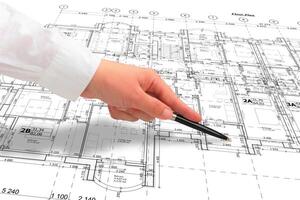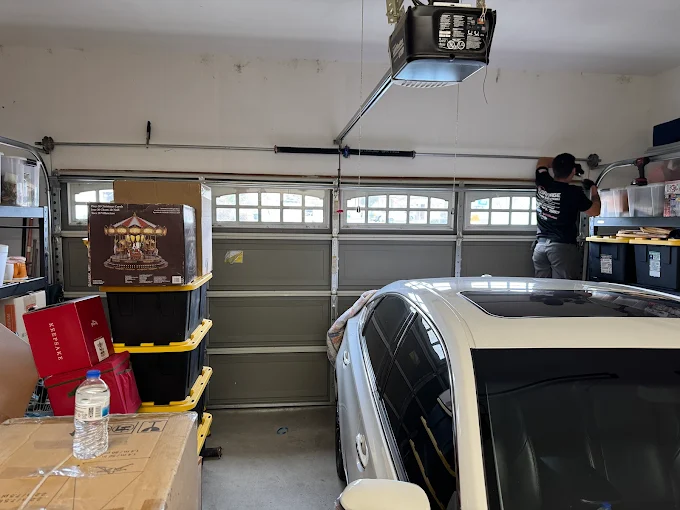
In recent years, augmented reality (AR) has emerged as a transformative technology across various industries, including architecture, engineering, and construction (AEC). Within this domain, Structural Drafting Services—traditionally grounded in 2D blueprints and CAD models—are now experiencing a profound evolution driven by AR. This innovation is not only enhancing the visualization of complex structures but also streamlining workflows, improving accuracy, and fostering greater collaboration among project stakeholders.
Understanding Structural Drafting Services
Structural drafting services involve the creation of detailed technical drawings that illustrate the framework and support systems of buildings and infrastructure. These drafts serve as a blueprint for contractors and engineers, detailing elements such as beams, columns, footings, and reinforcements. Accuracy, clarity, and coordination with architectural and MEP (mechanical, electrical, plumbing) plans are crucial in structural drafting. Mistakes or ambiguities at this stage can lead to costly delays and safety concerns during construction.
Traditionally, structural drafting was performed manually or with computer-aided design (CAD) tools. While modern CAD and BIM (Building Information Modeling) software significantly improved precision and efficiency, AR introduces an entirely new dimension to how drafts are visualized, interpreted, and utilized on-site.
What is Augmented Reality?
Augmented reality is a technology that overlays digital information—such as 3D models, annotations, or data—onto the real-world environment through devices like smartphones, tablets, AR glasses, or headsets. Unlike virtual reality (VR), which immerses users in a fully digital space, AR enhances the physical world, making it particularly useful in construction and engineering contexts where understanding spatial relationships and real-world constraints is essential.
Enhancing Visualization and Comprehension
One of the most significant contributions of AR to structural drafting services is improved visualization. Instead of relying solely on flat 2D drawings or navigating complex 3D models on a screen, AR allows engineers, architects, and clients to view full-scale, interactive models directly on-site or in the office. This spatial representation enables stakeholders to better understand how structural elements will fit into the physical space.
For example, before pouring concrete or erecting steel beams, AR can be used to project structural components onto the construction site, helping teams verify alignment, dimensions, and integration with other building systems. This preemptive visualization reduces the chances of rework and ensures that all parties have a consistent understanding of the project design.

Improving Accuracy and Reducing Errors
Errors in structural drafting can result in costly construction delays and safety hazards. AR tools, when integrated with BIM and CAD models, can serve as real-time error-checking systems. Engineers can walk through a construction site while wearing AR headsets, comparing the actual construction progress with digital overlays of the intended structure. Any discrepancies between the design and the built elements can be quickly identified and rectified.
This level of accuracy is particularly beneficial during quality assurance and control (QA/QC) inspections. Instead of relying solely on manual measurements and visual checks, inspectors can use AR to highlight deviations from the structural drawings instantly.
Enhancing Collaboration and Communication
Structural drafting often involves collaboration between multiple teams—engineers, architects, contractors, and clients. Miscommunications can arise due to the complexity of the designs or the limitations of traditional documentation. AR mitigates these issues by creating a shared, interactive experience that all stakeholders can engage with, regardless of their technical background.
Through AR, a client with no engineering expertise can walk through a virtual structure and provide feedback on the design or functionality. Engineers and contractors can collaboratively review and adjust structural elements on-site, ensuring that decisions are made faster and with better consensus. This collaborative environment fosters greater transparency and trust among all parties involved in a project.
Streamlining Construction Planning and Execution
Integrating AR with structural drafting also enhances construction planning. AR models can be used to simulate the entire construction sequence, visualizing each phase of the build in the actual environment. This helps teams anticipate potential challenges, optimize logistics, and plan site layout more efficiently.
On-site, AR devices can act as dynamic guides for workers, overlaying instructions, measurements, and component placements onto the physical environment. This reduces reliance on printed drawings or static digital files and ensures that construction adheres strictly to the drafted plans.
Training and Education
AR is also revolutionizing training and education in structural engineering and drafting. New engineers or drafters can interact with life-size structural models through AR, gaining a deeper understanding of spatial configurations, load-bearing systems, and construction processes. This hands-on, immersive learning approach accelerates skill development and bridges the gap between theoretical knowledge and real-world application.
Challenges and Considerations
Despite its many advantages, the adoption of AR in structural drafting services comes with challenges. High initial costs, device compatibility issues, and the need for technical training can be barriers for some firms. Additionally, ensuring data accuracy and real-time synchronization between AR systems and BIM platforms requires robust digital infrastructure.
Moreover, the construction industry, known for its conservative approach to new technology, may take time to fully embrace AR. However, as AR hardware becomes more affordable and software platforms become more user-friendly, these challenges are likely to diminish.
Conclusion
Augmented reality is poised to become a standard tool in the arsenal of structural drafters, transforming how designs are created, visualized, and implemented. By bridging the gap between digital plans and the physical world, AR enhances precision, collaboration, and efficiency in structural drafting services. As the technology continues to evolve, it holds the potential to redefine industry standards and elevate the quality and safety of construction projects worldwide. Firms that adopt AR early stand to gain a significant competitive advantage in delivering smarter, faster, and more reliable structural solutions.






